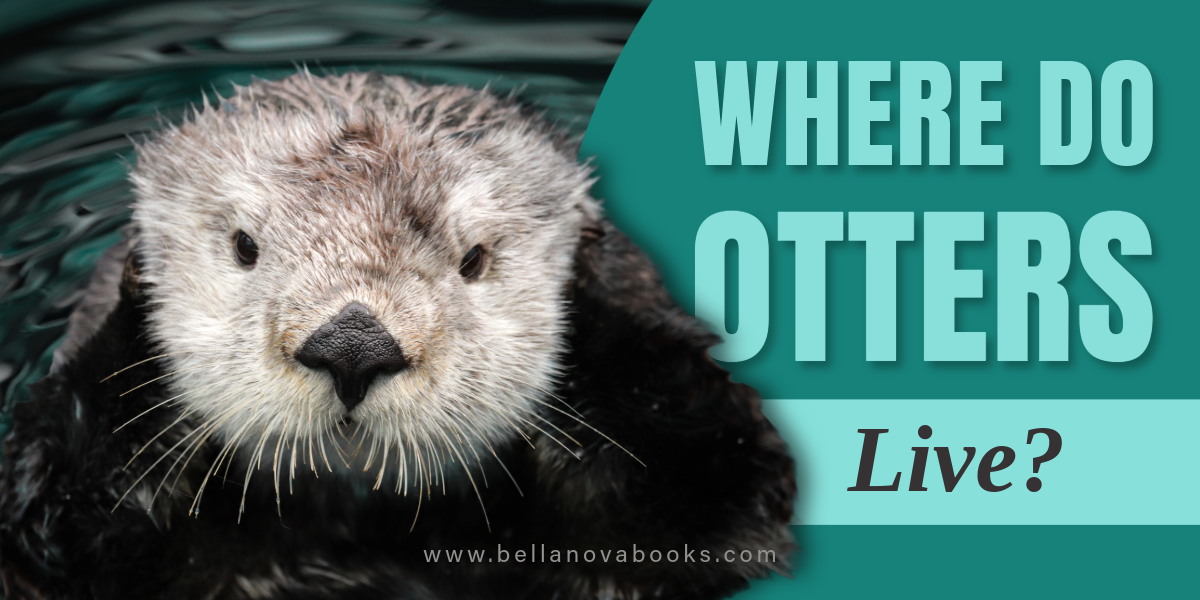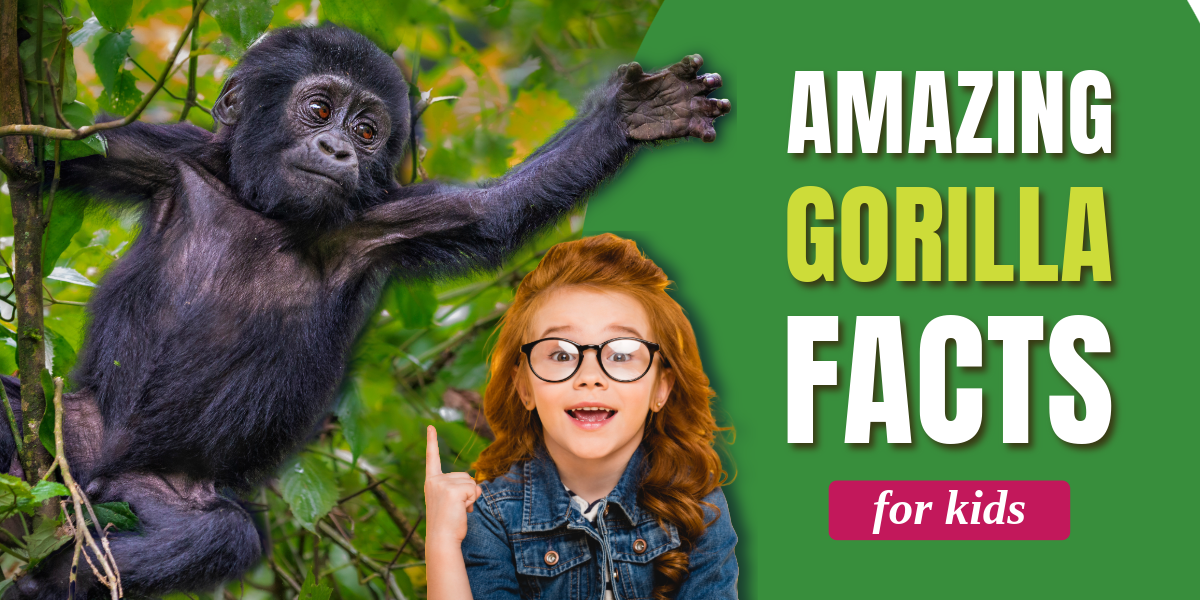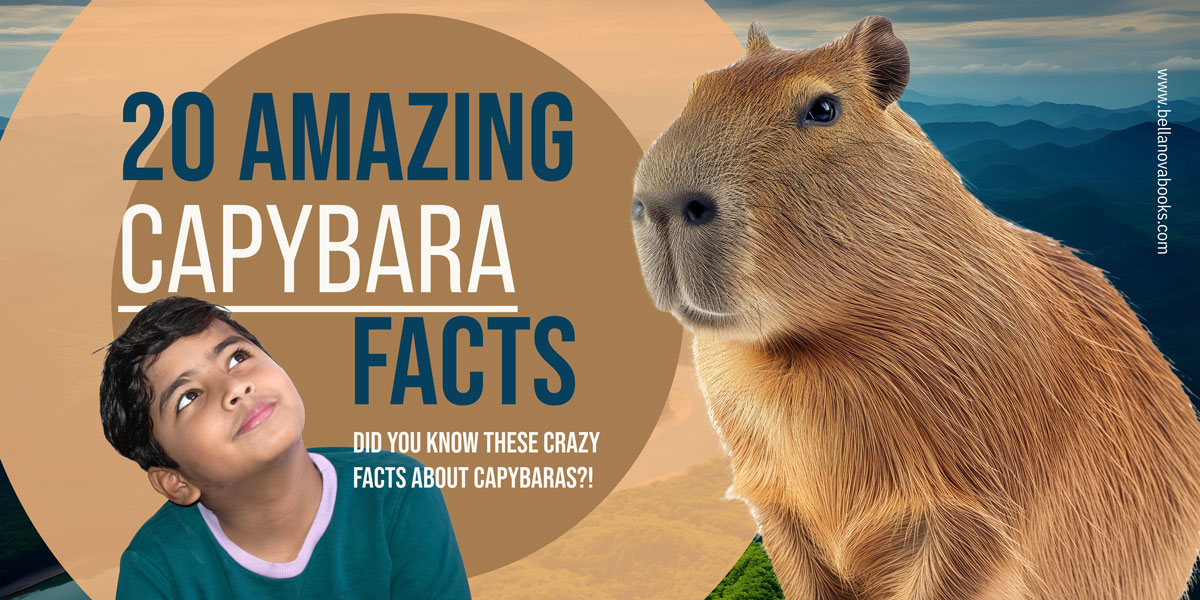
20 Amazing Capybara Facts for Kids (and Curious Adults!)
Capybaras are some of the cutest and most fascinating animals on the planet. With their friendly faces and chill personalities, they’ve become a favorite among animal lovers of all ages. But how much do you really know about these giant rodents? In this fun blog post, we’ll dive into 20 incredible capybara facts that will make you fall in love with them even more. Perfect for kids, teachers, and curious readers everywhere!
1. Capybaras are the largest rodents in the world
Did you know that capybaras can grow up to 4 feet (1.2 meters) long and weigh as much as 145 pounds (66 kilograms)? That makes them even bigger than beavers or porcupines!
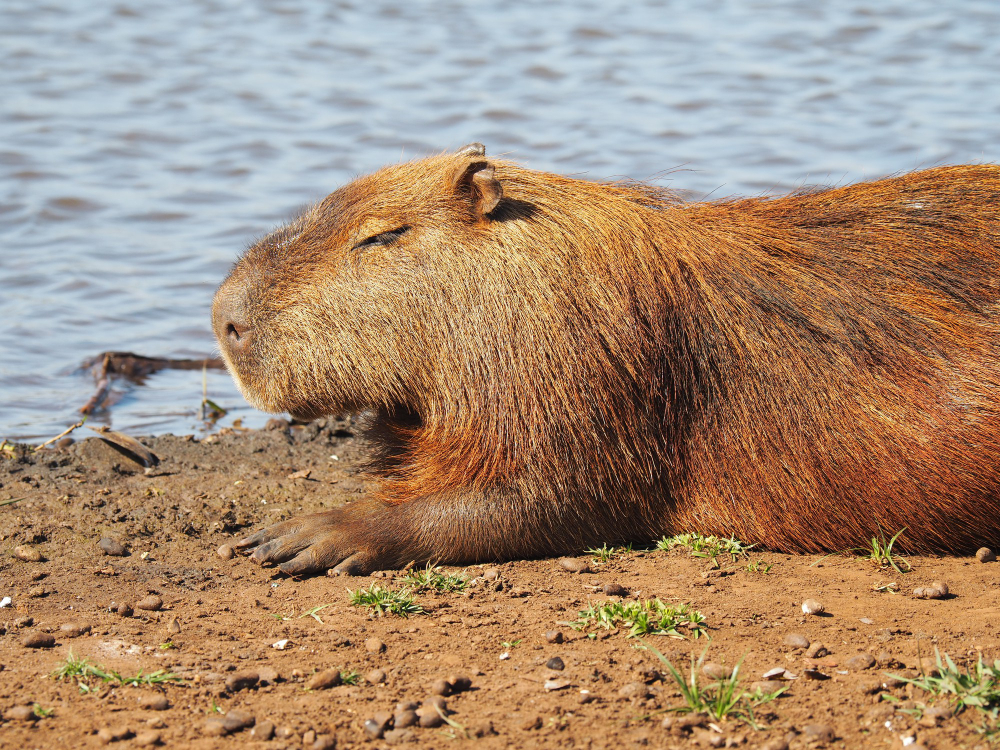
2. They are excellent swimmers
Capybaras spend a lot of their time in water. They have slightly webbed feet, which help them glide through lakes and rivers easily. They can even hold their breath underwater for up to five minutes!
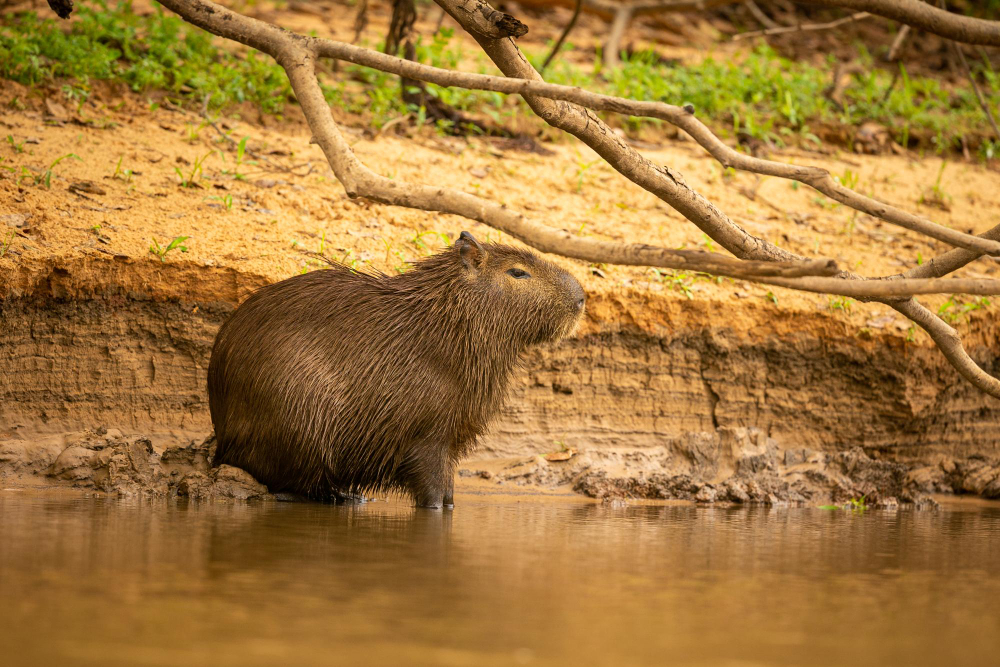
3. Capybaras are super social
Unlike many rodents that prefer to live alone, capybaras love company. They live in groups of 10–20 individuals, but sometimes herds can reach up to 100 during dry seasons.
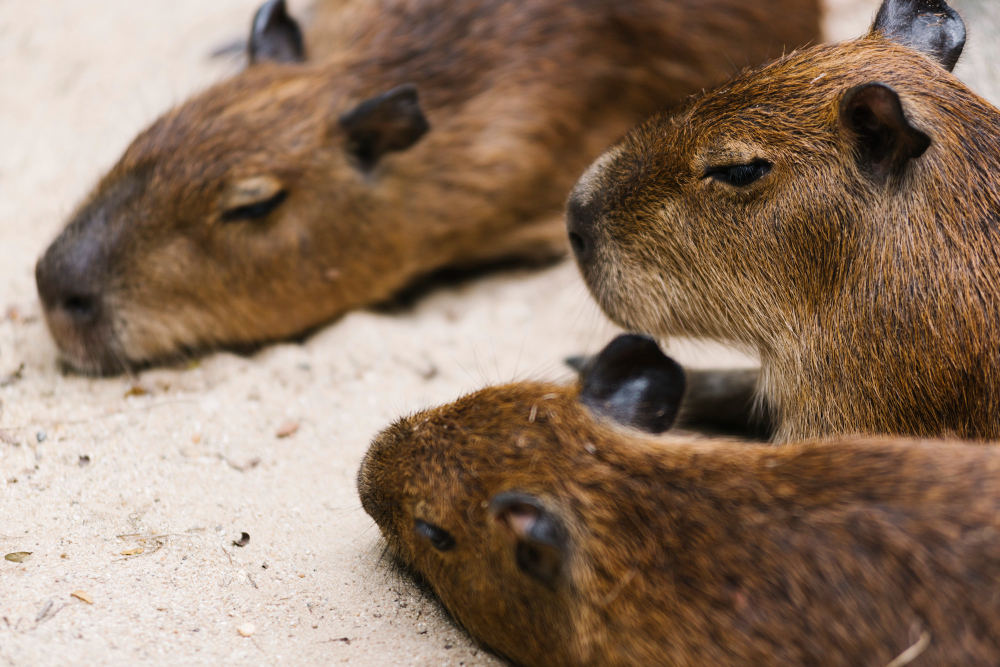
4. They make adorable noises
Capybaras communicate using a variety of sounds, including purrs, barks, whistles, and clicks. Mothers even “talk” to their babies with unique calls!
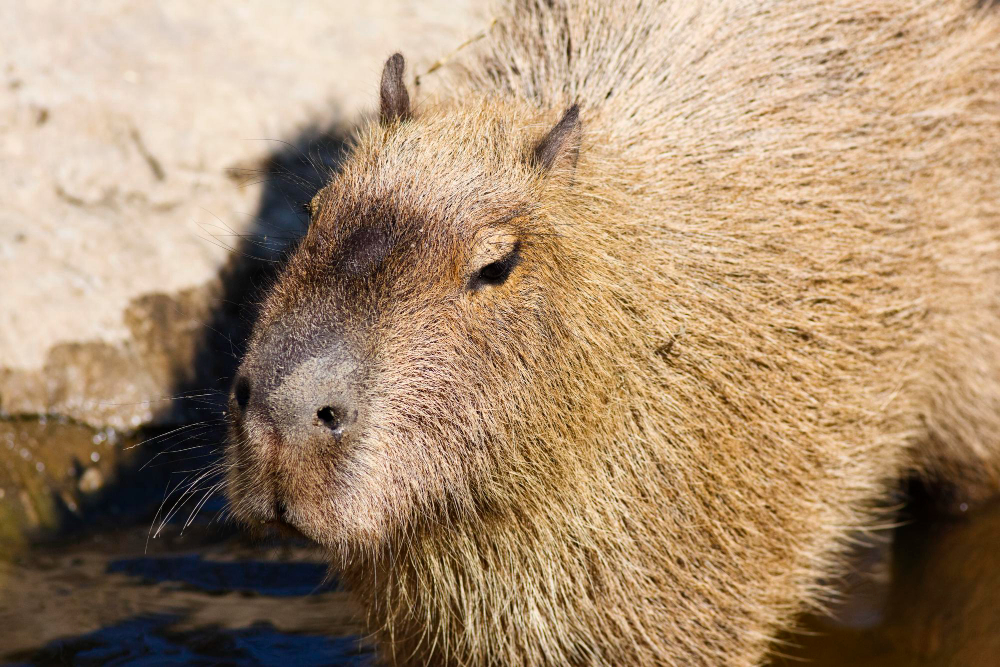
5. Capybaras have special teeth
Their front teeth never stop growing! This is similar to other rodents and helps them chew through tough grasses and aquatic plants without wearing their teeth down.
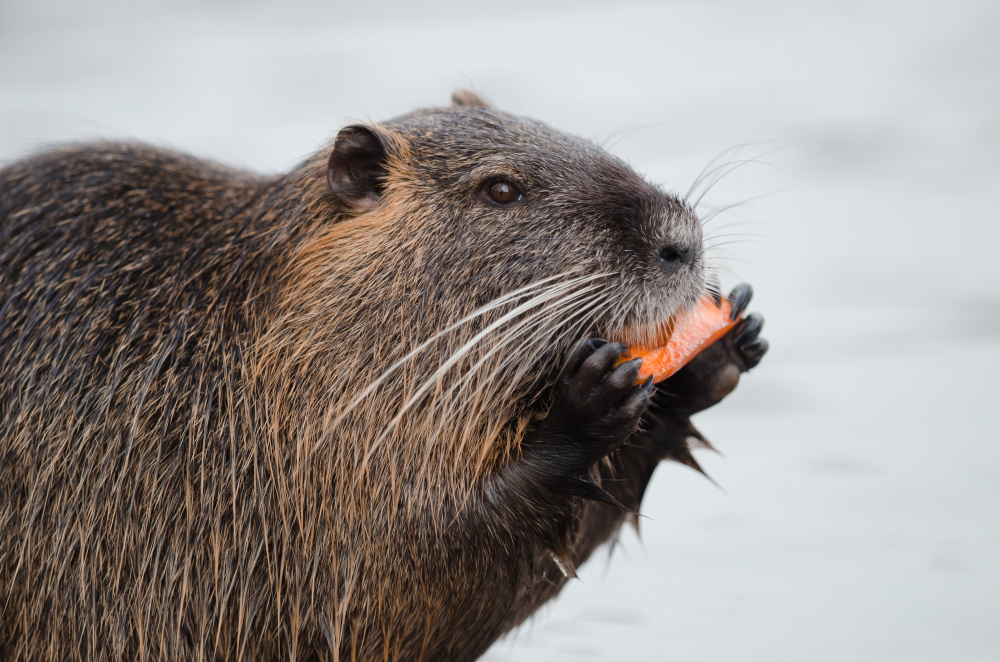
6. They love to take naps in water
When it gets too hot, capybaras cool off by taking naps while partially submerged in ponds or rivers. Talk about ultimate relaxation!
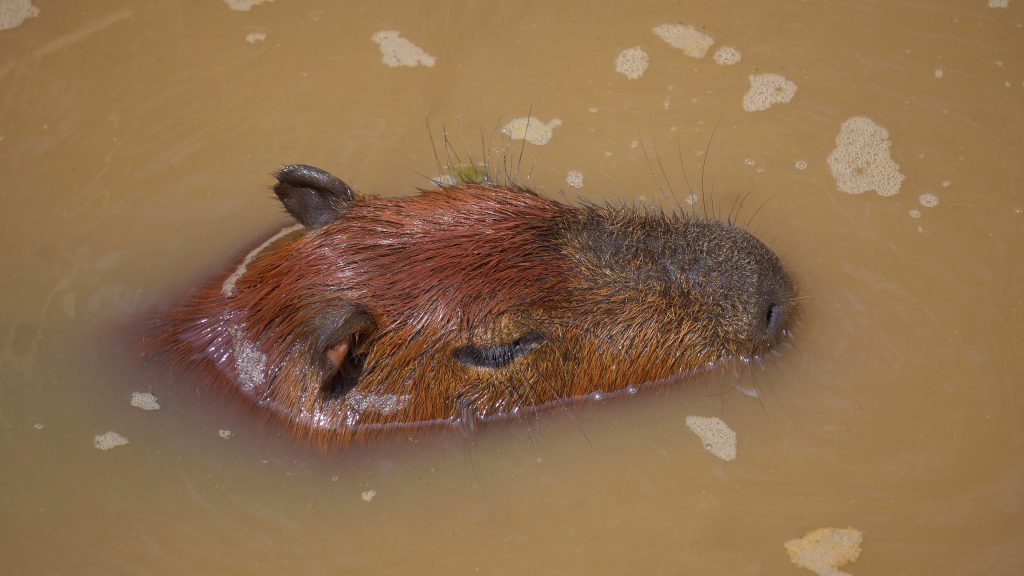
7. Capybaras are herbivores
Their diet mainly consists of grasses and aquatic plants, but they also enjoy fruit and bark when available. Their strong digestive systems allow them to process tough vegetation efficiently.
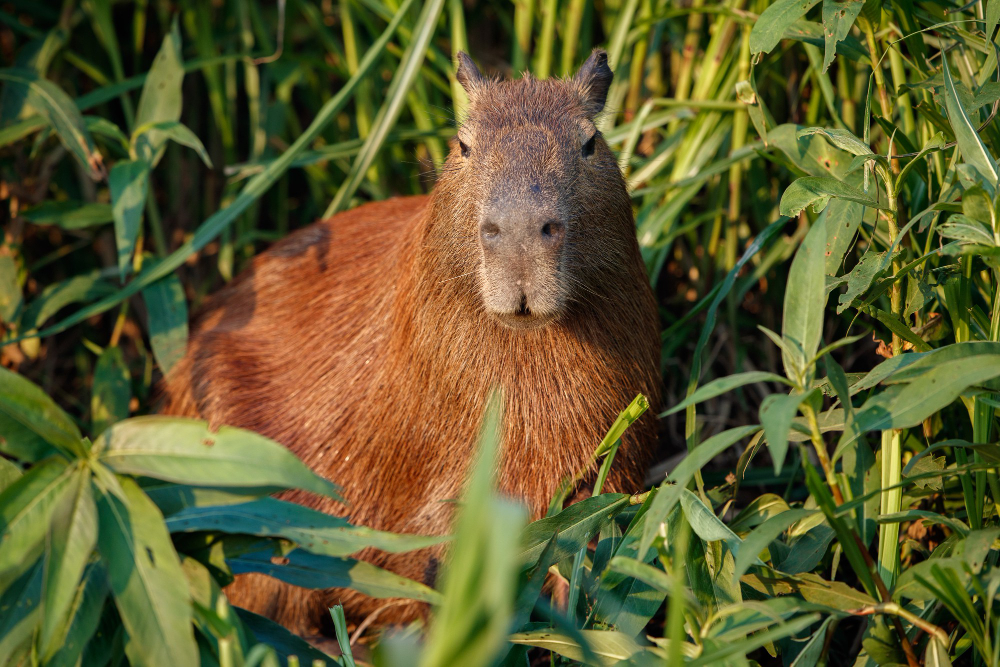
8. They are crepuscular
This means they’re most active during dawn and dusk. During the hottest parts of the day, you’ll likely find them resting in the shade or soaking in water.
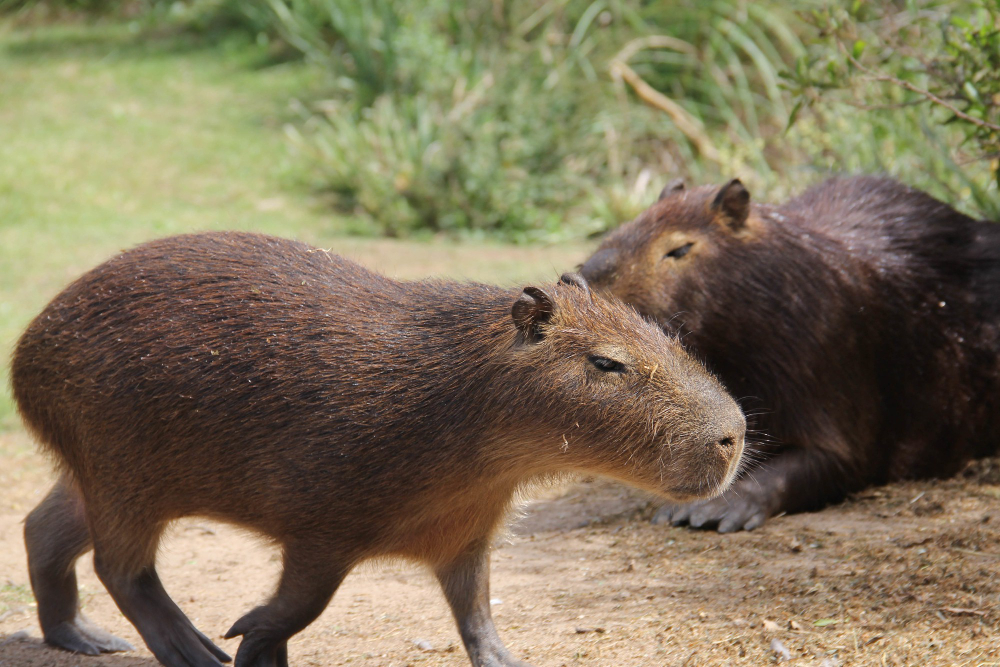
9. Birds love hanging out on them
Capybaras often have birds perched on their backs, picking off ticks and insects. It’s a perfect example of a symbiotic relationship — both animals benefit!
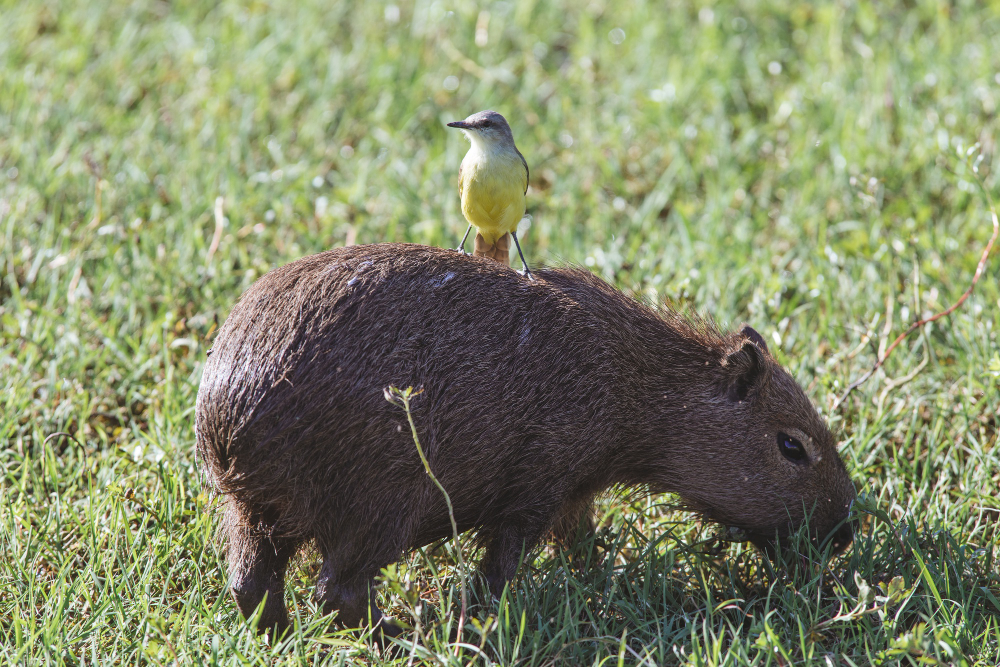
10. They have a unique digestive habit
Like rabbits, capybaras eat their own poop! This might sound gross, but it helps them absorb more nutrients from their food through a process called coprophagy.
11. Capybaras are great jumpers
Although they look clumsy, capybaras can jump surprisingly well — up to four feet (1.2 meters) if they need to escape predators.
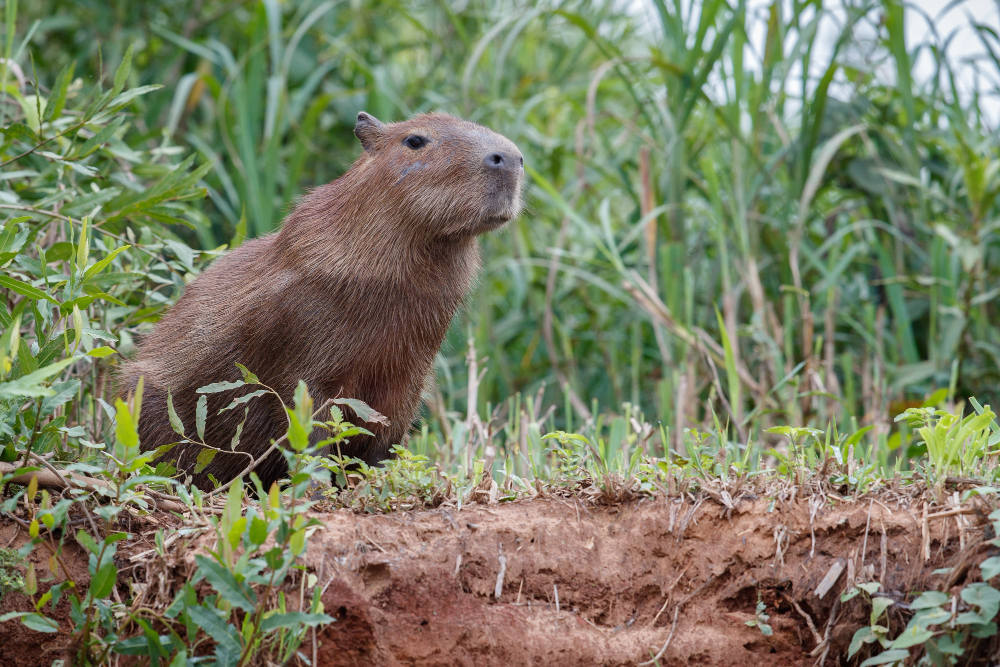
12. They are gentle giants
Despite their large size, capybaras are known for their calm and gentle personalities. This is why they often become friends with other animals, like dogs, cats, ducks, and even monkeys.
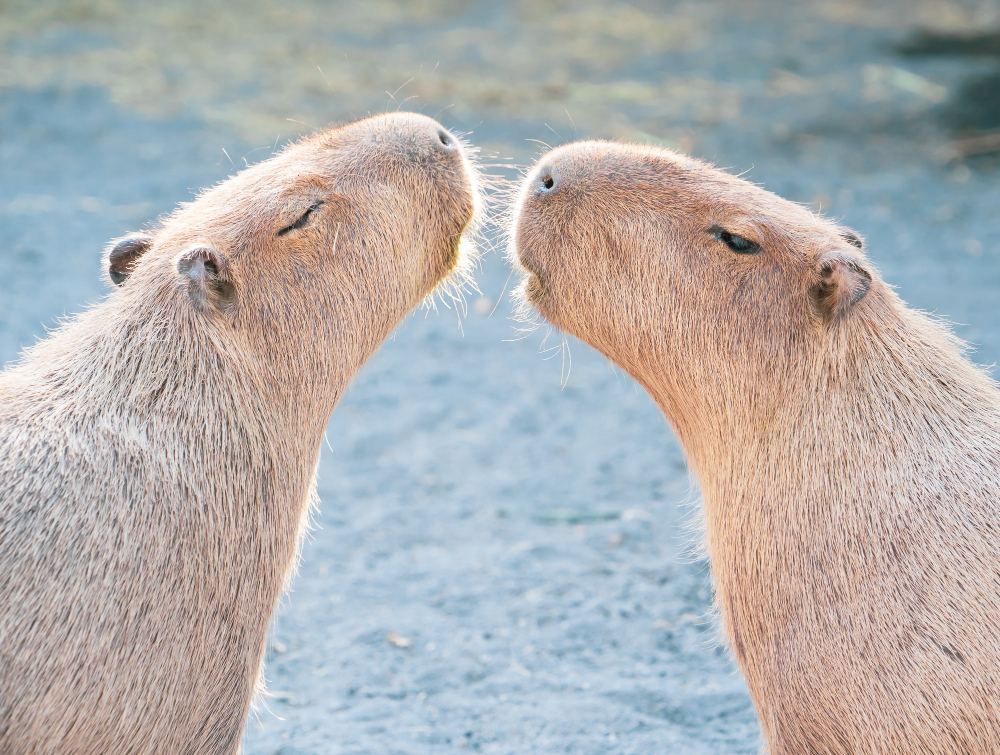
13. Capybara moms are community caretakers
Female capybaras often share babysitting duties, taking care of each other’s young. This cooperative behavior helps the whole group survive.
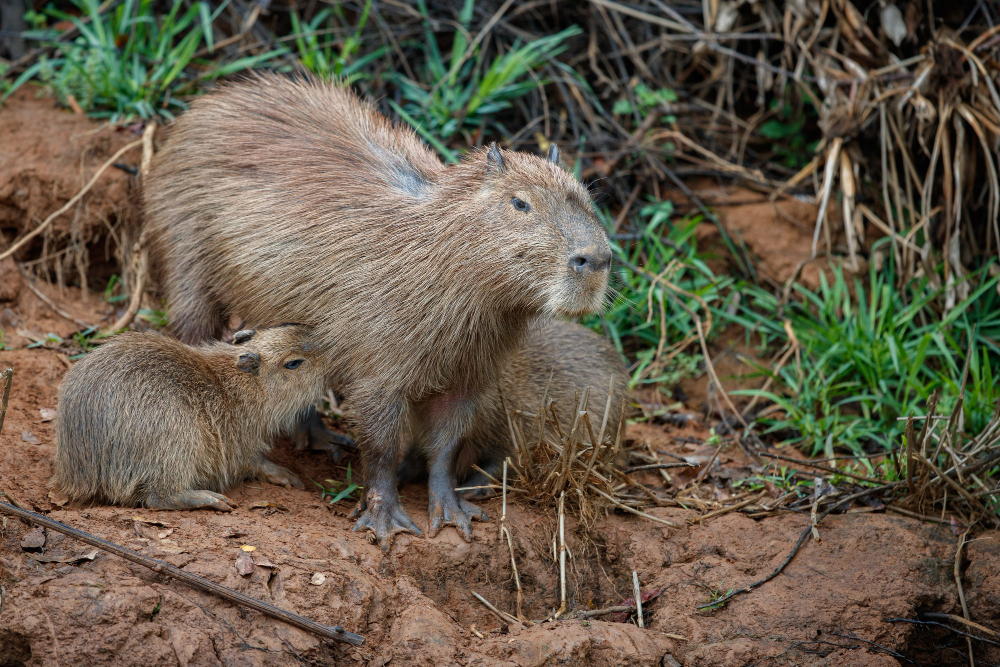
14. Their scientific name means “water pig”
The capybara’s scientific name is Hydrochoerus hydrochaeris, which roughly translates to “water pig,” highlighting their close relationship with aquatic habitats.
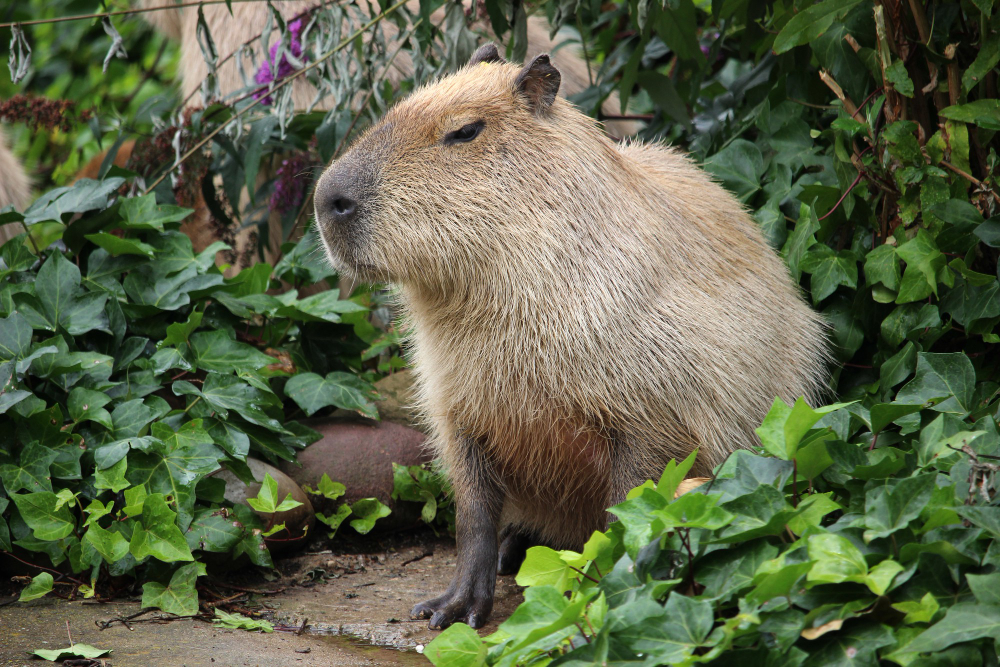
15. They are native to South America
You’ll find wild capybaras in countries like Brazil, Venezuela, Colombia, and Argentina. They thrive in swampy areas, dense forests near rivers, and savannas.
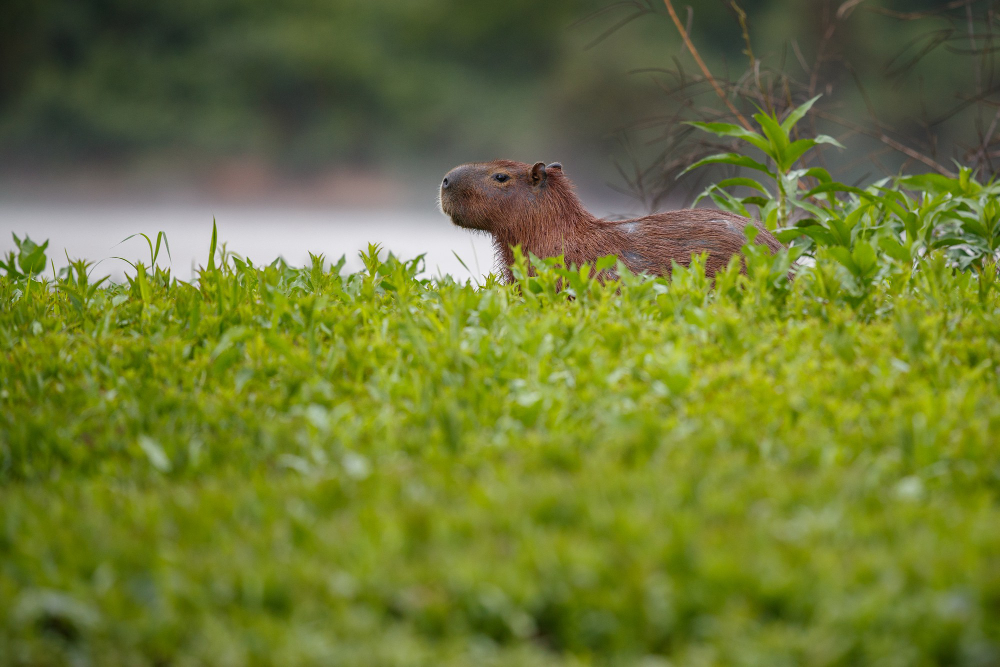
16. Capybaras have a unique grooming routine
They love social grooming and spend lots of time cleaning each other’s fur. This helps strengthen social bonds within the group.
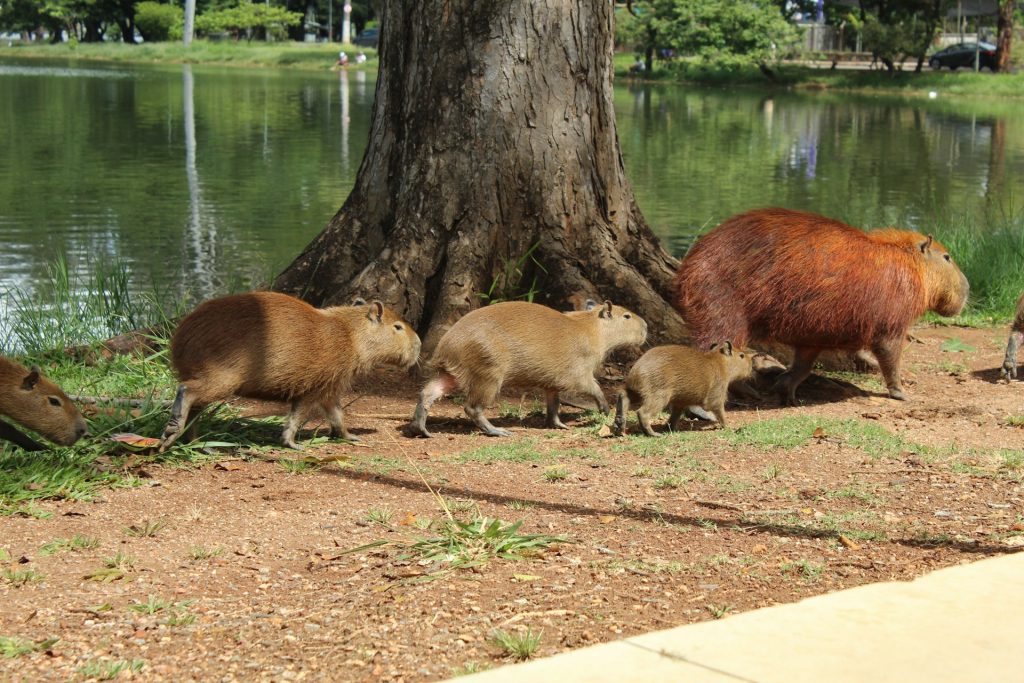
17. Capybaras can live up to 10 years
In the wild, their lifespan is about 6–10 years, but in captivity (like zoos or sanctuaries), they can live even longer due to the lack of predators and consistent food supply.
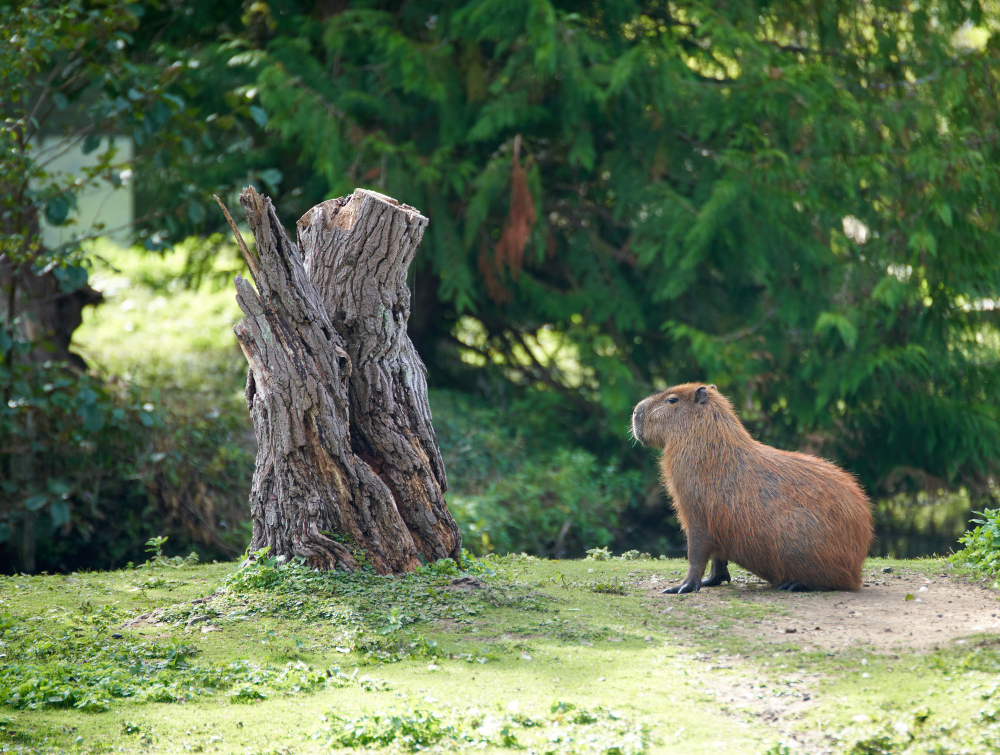
18. They are fast runners
Although they spend a lot of time relaxing, capybaras can run up to 22 miles per hour (35 km/h) when threatened.
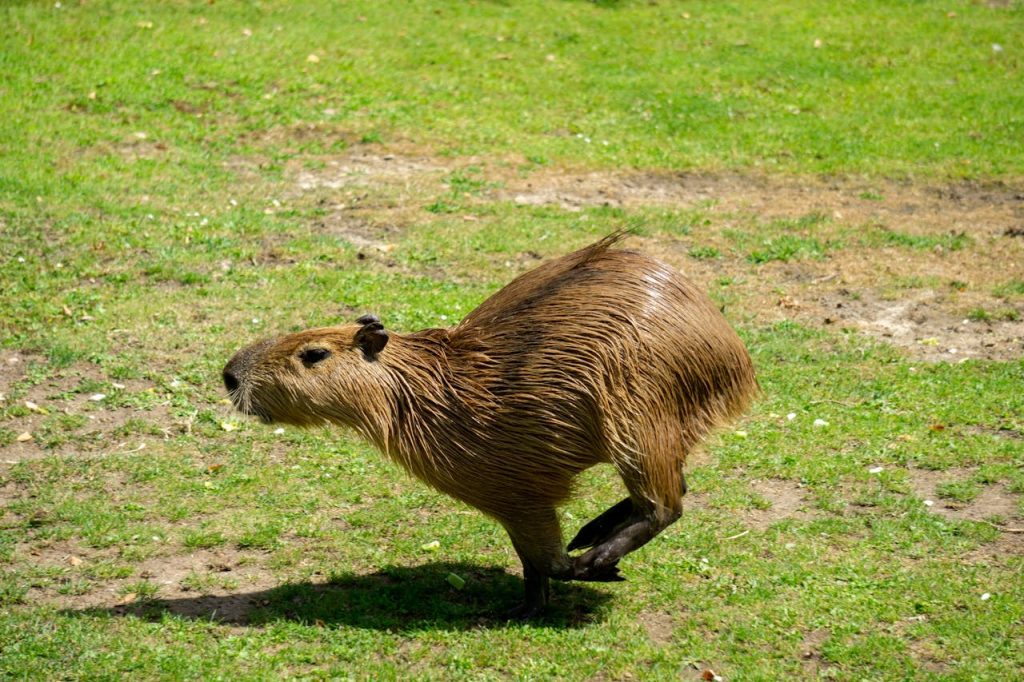
19. Capybaras are eco-engineers
Their grazing habits help maintain the balance of wetland vegetation. In a way, they act like natural lawn mowers!
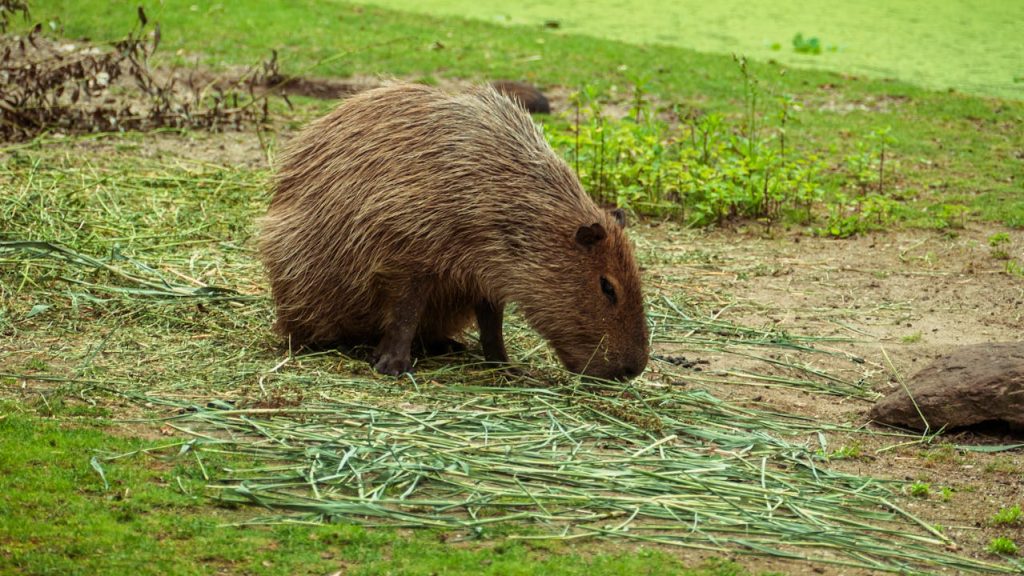
20. They are surprisingly quiet swimmers
Capybaras move so gracefully underwater that they can sneak past predators almost silently. This stealth helps them avoid jaguars, caimans, and anaconda.
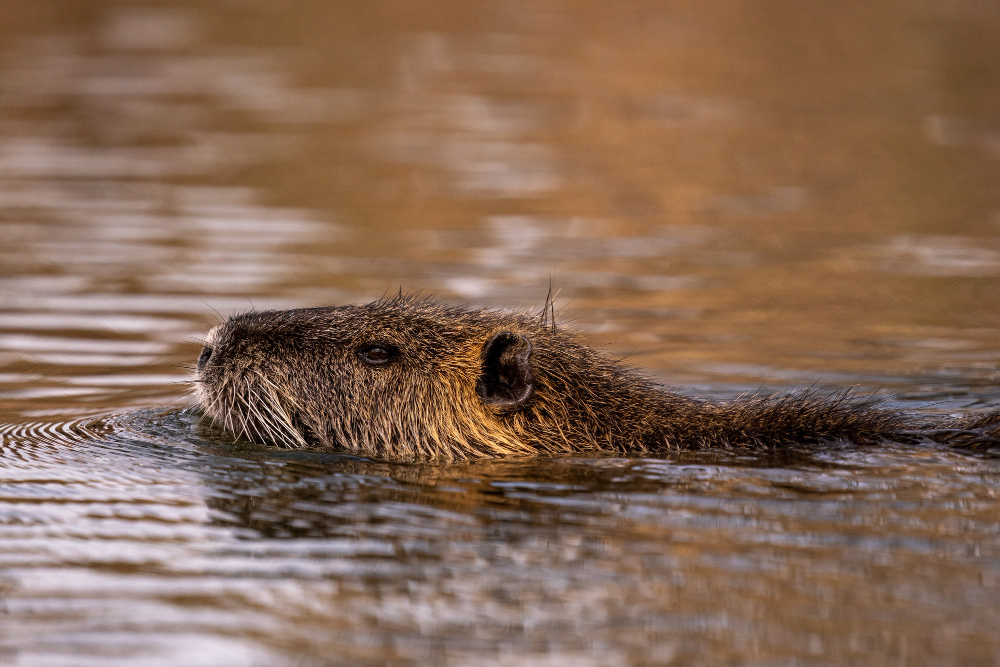
Capybara Fun for Kids and Families

Capybaras are truly fascinating animals with gentle hearts and quirky behaviors. Learning about them can inspire kids to love and respect wildlife and nature even more.
Want to learn even more amazing capybara facts? Check out The Ultimate Capybara Book for Kids — it’s packed with over 100 mind-blowing capybara facts, stunning photos, and fun activities like quizzes and word searches. It’s perfect for curious readers aged 8–12 (and adults too!).
Capybara-Themed Gifts
If you’re looking for adorable capybara-themed gifts, we’ve also created a dedicated gift guide full of plushies, shirts, accessories, and more. Check out 30+ Best Gifts for Capybara Lovers for more inspiration!
Ready to hop into more animal fun?
Check out our other animal fact books, from penguins and red pandas to wolves and giraffes. Each one offers a new adventure for young wildlife enthusiasts.




